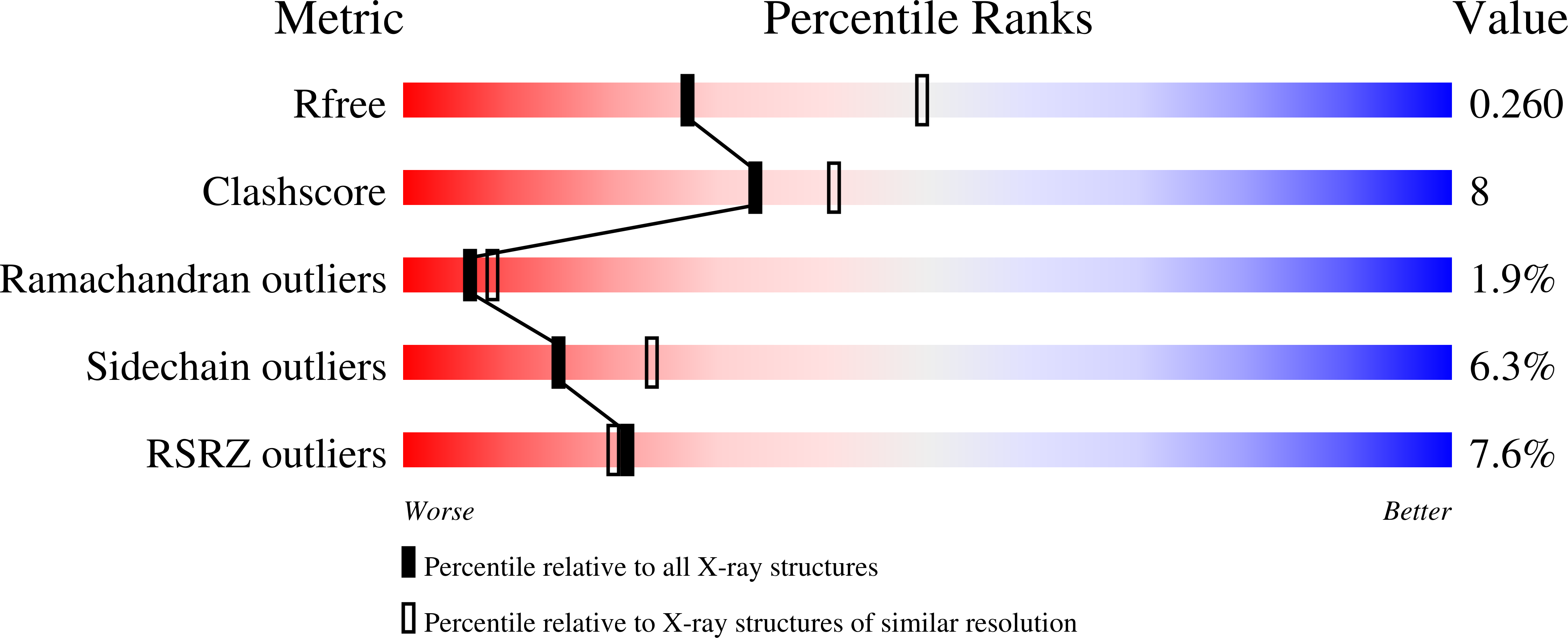
Deposition Date
2024-06-16
Release Date
2024-09-25
Last Version Date
2024-11-13
Method Details:
Experimental Method:
Resolution:
2.63 Å
R-Value Free:
0.25
R-Value Work:
0.22
Space Group:
C 1 2 1


